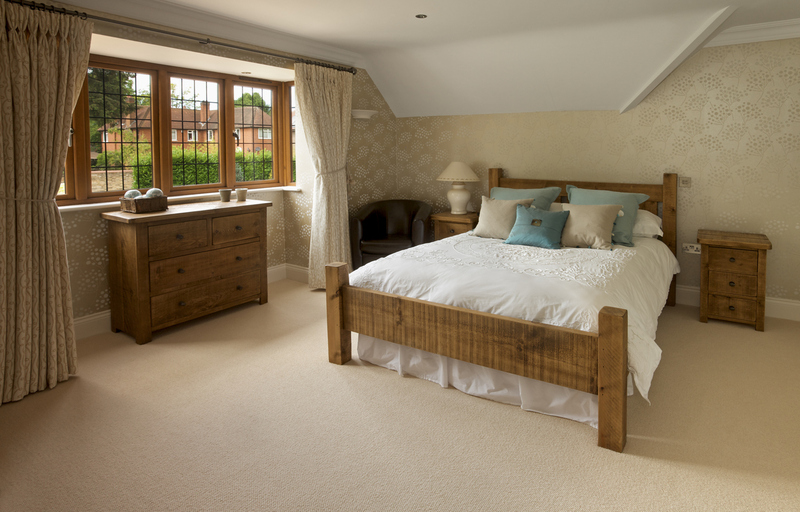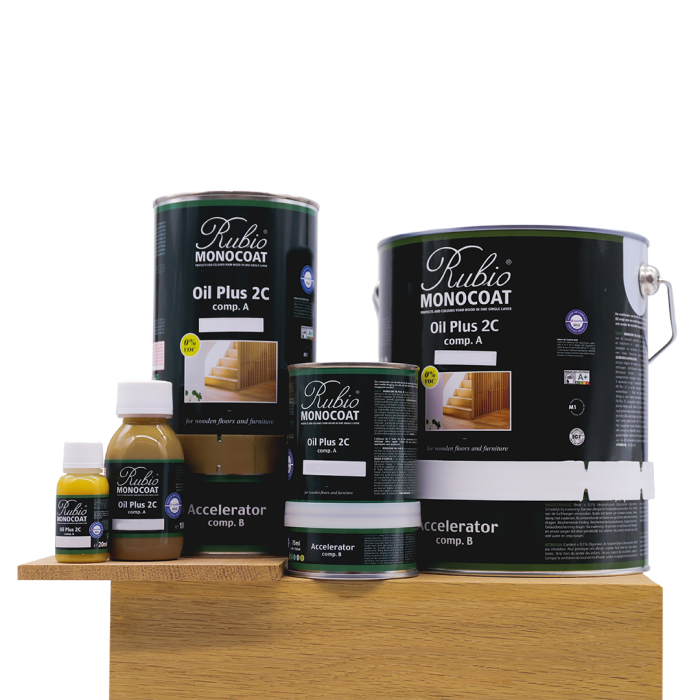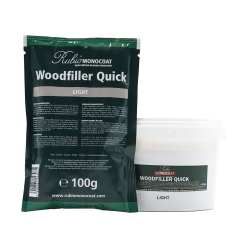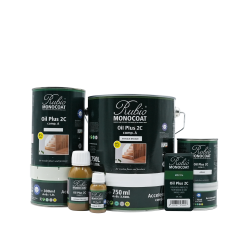
How to Care for Oak Furniture
Taking care of your wooden furniture doesn't need to be difficult. We've created this simple guide to help you get started - so read on to breathe new life into your furniture!
How to Clean Oak Correctly
To prevent stains, be sure to promptly clean up any spills on oak surfaces. Oak is porous, meaning that liquids can seep in and create a deeper stain over time. To prevent this, use a damp cloth to immediately clean up spills and dry the surface with a towel. Wipe in the direction of the grain to avoid pushing water deeper into the wood.
For a more thorough clean, we always recommend our Cleaner which removes even the smallest dust particles and can also be used as a cleaning product for materials used after oiling. To effectively use the cleaner - wipe the surface with a cloth moistened with the solution. Allow it to dry until the surface regains its original appearance. The drying time is typically between 15-60 minutes depending on how much of the cleaner has been used.




How to Protect Oak for the Future
To protect your oak furniture from everyday wear and tear, and to maintain its natural beauty - Oil Plus 2C is the perfect product. Oil Plus 2C colours and protects your wood in a single layer and is available in over 40 different colours.
To protect your wooden surfaces with just one coat, use Oil Plus 2C, which is a 0% VOC oil. It's best applied with a beige scrubby pad and is perfect for high-traffic areas. You can use it on all interior wooden surfaces and all wood types. This finish is durable whilst allowing the original surface to shine through - it can even enhance the appearance of darker woods. When used in conjunction with our Accelerator, the surface is dry after 24 hours and cured after 5 days. From 5 days after application, the surface can be cleaned with water and soap.
How to Repair Damage to Oak Furniture
Repairing damage to oak furniture requires careful attention and a systematic approach. Here is a brief summary of the steps involved:
- Assess the damage:
Start by examining the furniture to identify the type and extent of damage. Common issues include scratches, dents, water stains, loose joints, or worn-out finishes.
- Fix scratches and dents: For shallow scratches, use a wood filler or touch-up marker that matches the oak's colour. Apply the filler into the scratch, level it, and let it dry. Sand lightly to blend it with the surrounding area. For deeper scratches or dents, use a hardwood filler or putty to fill the damaged area, sand it smooth, and stain or paint as needed.
- Repair loose joints: If you encounter loose joints, disassemble the affected parts carefully. Clean off any old glue and apply wood glue to the joint surfaces. Reassemble the parts and secure them with clamps until the glue dries. Remove excess glue with a damp cloth.
- Protect and maintain:
After the repairs, it's essential to protect and maintain the oak furniture. Use Oil Plus 2C to provide a protective layer and enhance its appearance. Regularly dust the furniture and avoid placing it in direct sunlight or exposing it to extreme humidity.
- Remember:
If the damage is extensive or beyond your expertise, it's advisable to seek professional help from a furniture restoration specialist who can provide expert advice and assistance in preserving and repairing your oak furniture.
As you can see, caring for your oak furniture doesn't have to be difficult. By understanding the basics of cleaning and protecting it, you can keep your wood looking beautiful for years. However, if the damage is more serious than expected or beyond what you're comfortable with fixing yourself, don’t hesitate to seek professional help from an experienced restoration specialist. With proper care and maintenance - and with the help of the products from the Rubio Monocoat online shop, your beloved pieces will remain timeless treasures.




